Manual powder coating booth,filter powder SPRAY boothis popular size for small shops measures1900mm in height by 1600mm in width by1000mm in depth .
Thepowder booth fans draw air through filters and releases it through thetop of the booth. It keeps your shop nice and clean,minimizing powderdust.
Benefits of our powder booth
- Operator Safety
- Environmental compliance
- Production capacity and operational efficiency
- Color changeover
- longer lasting, more durable, quieter
include fans, motors, nut and bolt fasteners, filters, detailed drawings and instructions, all included in one single shipment.
powderspray booth is an economical solution for basic powder coatingoperations requiring reclaim capability in continuous productionsituations.
For job shops, first-time powder coaters and to suppliment large in-house powder coating operations,this powder spray booths offer a variety of configuration options.
Booths are available in a this booth is 1900mm in height by 1600mm in width by1000mm in depth .Also could Custom designed,Manual and automatic spray stations are also available.Other features include:
Durable, long-life powder-coated steel structure with high-quality galvanized canopy and floor
Low-profile booth base eliminates operator platforms
Requires only quick, easy conncet electrical and pneumatics to start production .
Fan motor is 1.5KW.
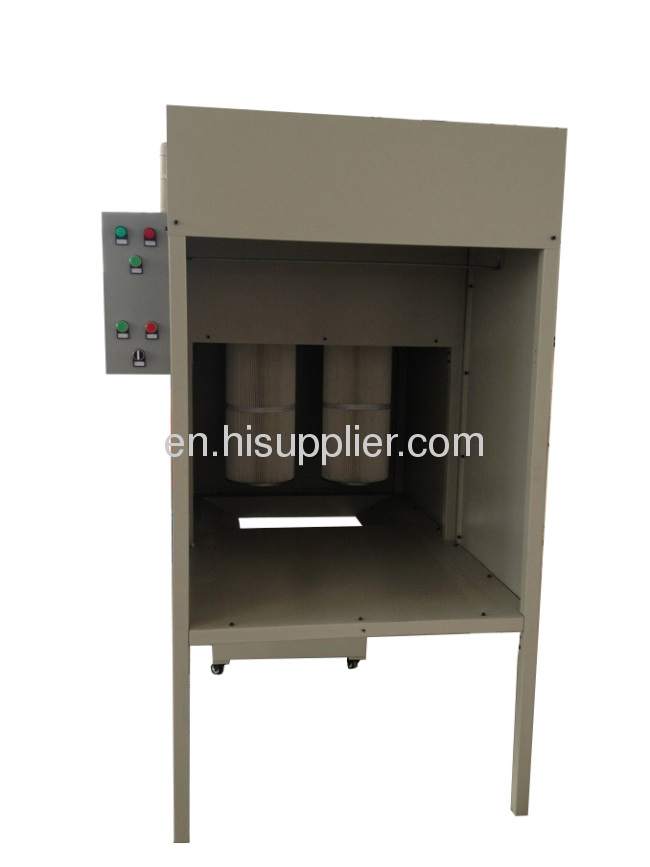

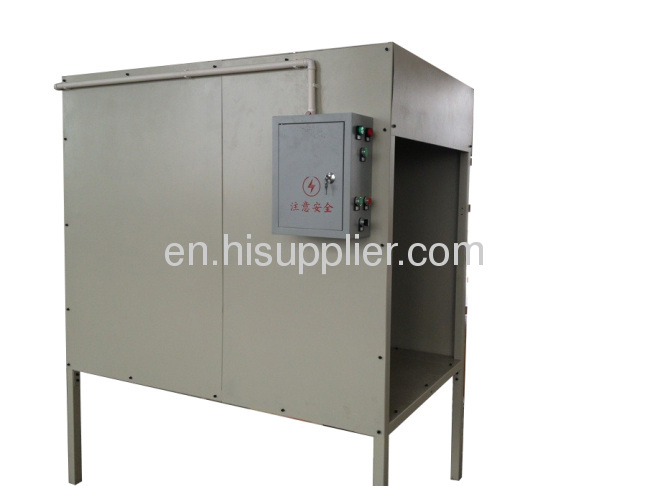
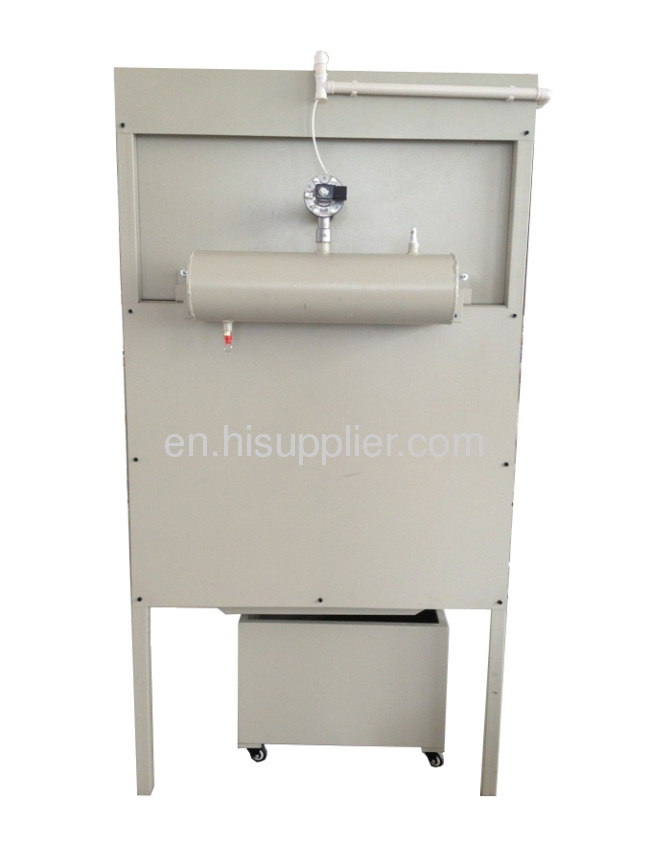
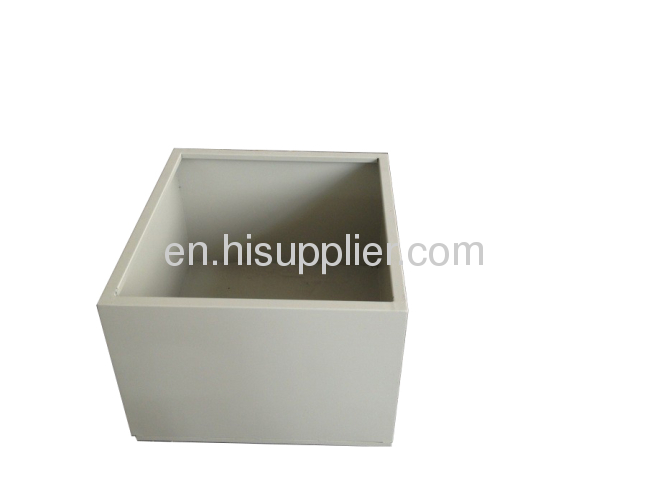
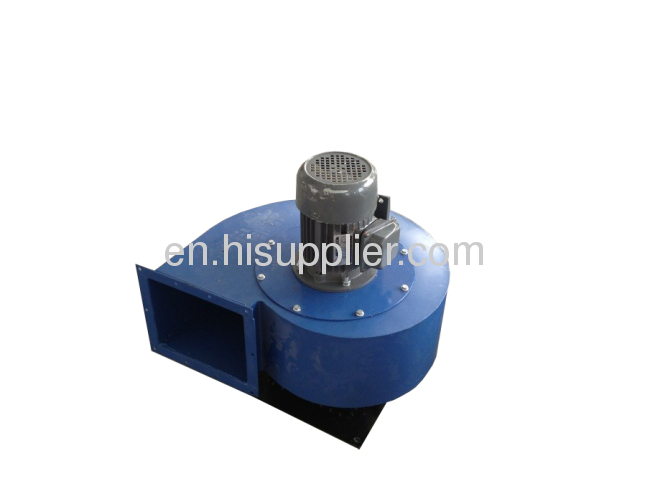
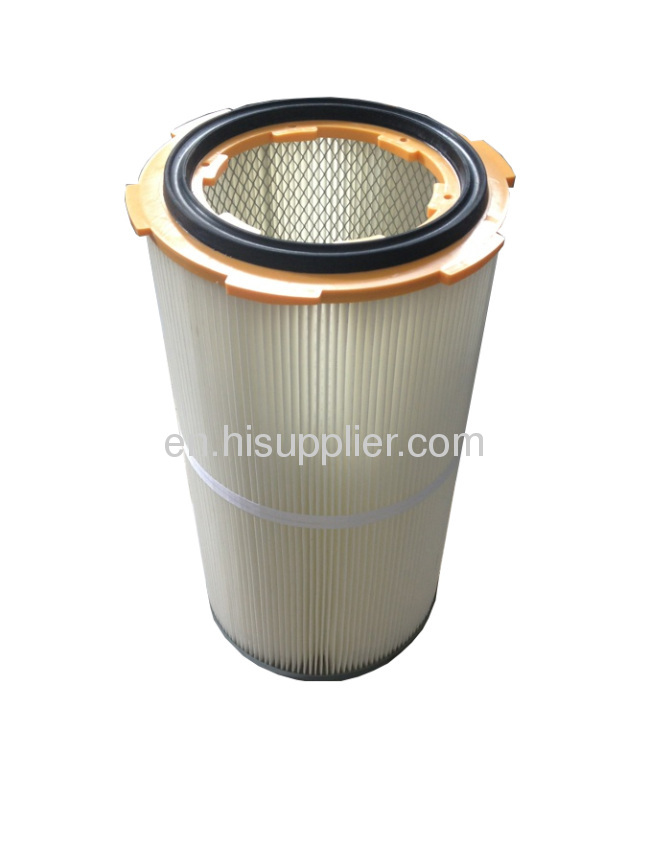
The powder coating processThe powder coating process involves three basic steps:
- Part preparation or the pre-treatment
- The powder application
- Curing
Part preparation processes and equipment
Removalof oil, soil, lubrication greases, metal oxides, welding scales etc. isessential prior to the
powder coating process. It can be done by avariety of chemical and mechanical methods. The selection of the methoddepends on the size and the material of the part to be powder coated,the type of soil to be removed and the performance requirement of thefinished product.
Chemicalpre-treatments involve the use of phosphates or chromates in submersionor spray application. These often occur in multiple stages and consistof degreasing, etching, de-smutting, various rinses and the final phosphating or chromatingof the substrate. The pre-treatment process both cleans and improvesbonding of the powder to the metal. Recent additional processes havebeen developed that avoid the use of chromates, as these can be toxic tothe environment. Titanium zirconium and silanes offer similar performance against corrosion and adhesion of the powder.
Another method of preparing the surface prior to coating is known as abrasive blasting or sandblastingand shot blasting. Blast media and blasting abrasives are used toprovide surface texturing and preparation, etching, finishing, anddegreasing for products made of wood, plastic, or glass. The mostimportant properties to consider are chemical composition and density;particle shape and size; and impact resistance.
Siliconcarbide grit blast medium is brittle, sharp, and suitable for grindingmetals and low-tensile strength, non-metallic materials. Plastic mediablast equipment uses plastic abrasives that are sensitive to substratessuch as aluminum, but still suitable for de-coating and surfacefinishing. Sand blast medium uses high-purity crystals that havelow-metal content. Glass bead blast medium contains glass beads ofvarious sizes.
Cast steelshot or steel grit is used to clean and prepare the surface beforecoating. Shot blasting recycles the media and is environmentallyfriendly. This method of preparation is highly efficient on steel partssuch as I-beams, angles, pipes, tubes and large fabricated pieces.
Differentpowder coating applications can require alternative methods ofpreparation such as abrasive blasting prior to coating. The onlineconsumer market typically offers media blasting services coupled withtheir coating services at additional costs.









